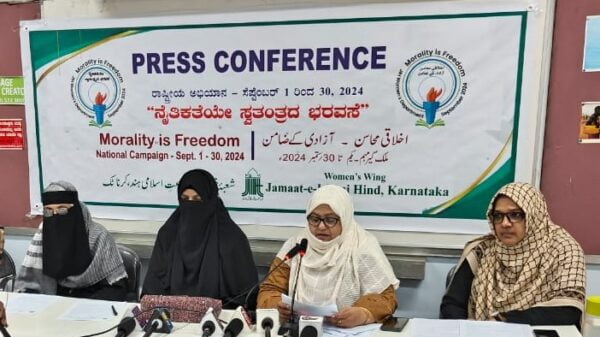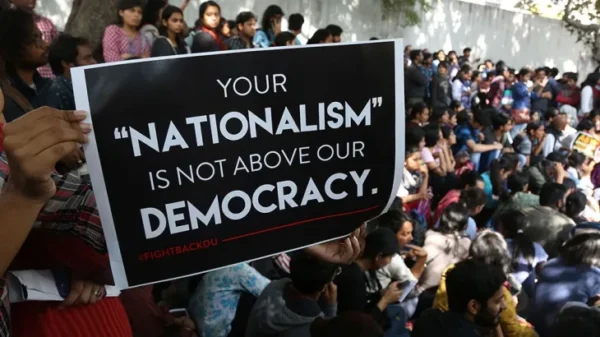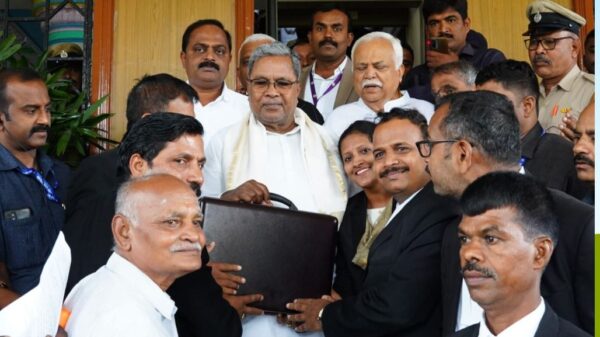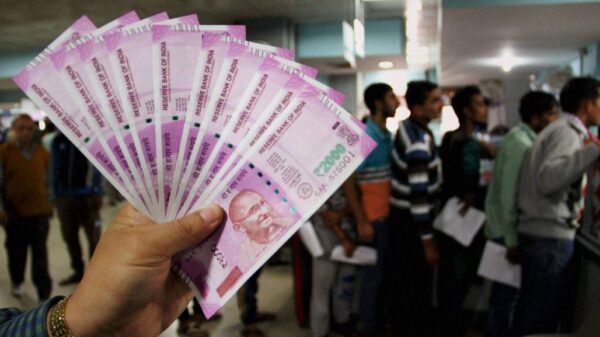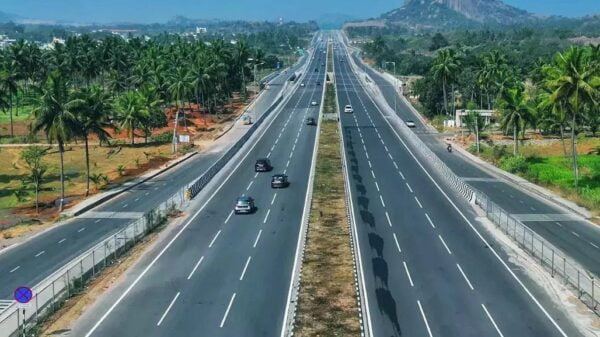The North East Indian state of Assam follows the ‘Chaibagaan’ time and not the Indian Standard Time like the rest of the country. But what is ‘Chaibagaan’? Here is a brief sneak peek into the same.
The ‘Chaibagaan’ time is a daylight saving schedule. This model was introduced by the British for enhancing the saving of electricity, over 150 years ago. This phenomenon is referred to as ‘Chaibagaan’ as energy-saving activities happened majorly on tea plantations.
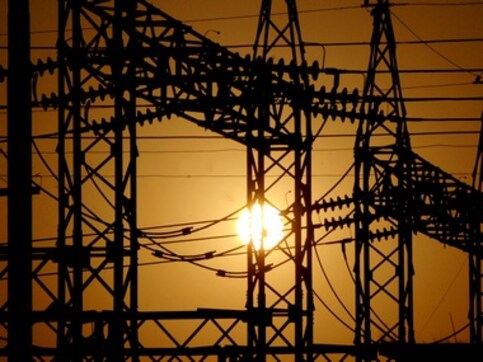
Credits – Firstpost
In 2014, the then Chief Minister of Assam, Tarun Gogoi, said that the Indian Standard Time affected the productivity in the state. It had also pushed the state, or the entire region of North East India to follow a time zone and schedule which was not suitable for them.
In the Northeastern states, the sun rises and sets earlier than the official working hours, followed by the rest of India.
Trying to adjust to the mainstream schedule poses several challenges for the citizens of the North Eastern states. It showed some severe impact on productivity and even the consumption of electricity in those regions.

Credits – Journals of India
The sunrise, according to the clocks, would make these states begin their official beginning way earlier. In winter, this problem gets even more severe as the sun sets much early and therefore, more consumption of electricity is required.
To solve this problem, the tea gardeners of Assam have been following the ‘Chaibagaan time’. This schedule in one hour ahead of Indian Standard Time.
Years after the locals started following a different time zone, a study done by researchers from CSIR-NPL, published in Current Science, supported the demand for dual time zones for the North East Indian states. However, the demand has not yet met with affirmative action from the central government due to certain strategic issues.

Credits – The Better India
Given the fact that the North East Indian part is connected to the rest of India for trade and travel purposes, the creation of separate time zones might lead to confusion in railways and airlines. It might also end up affecting inter-state travel.
However, having multiple time zones in India is not a completely unprecedented feat as before independence the country followed three major time zones – Madras, Calcutta, and Bombay.
Also Read
4 Cases Which Prove That Pseudo-Feminism Exists In India | Fake-Feminism





























